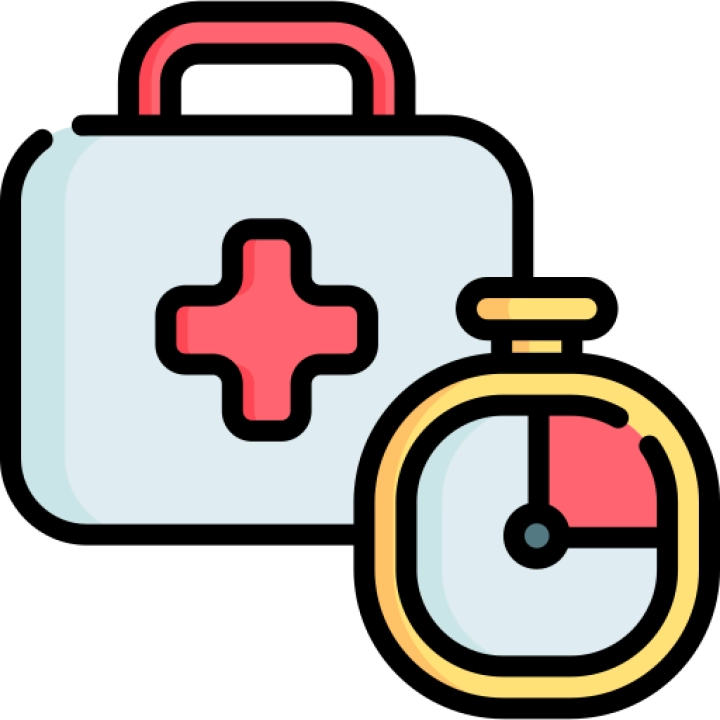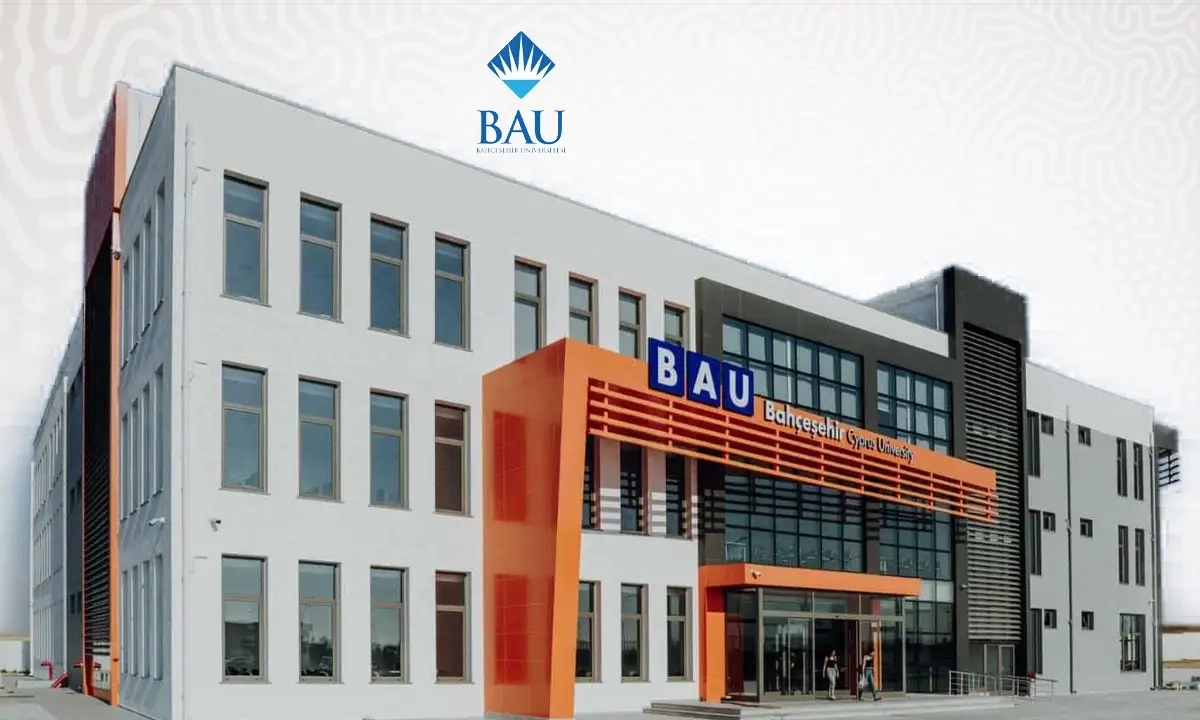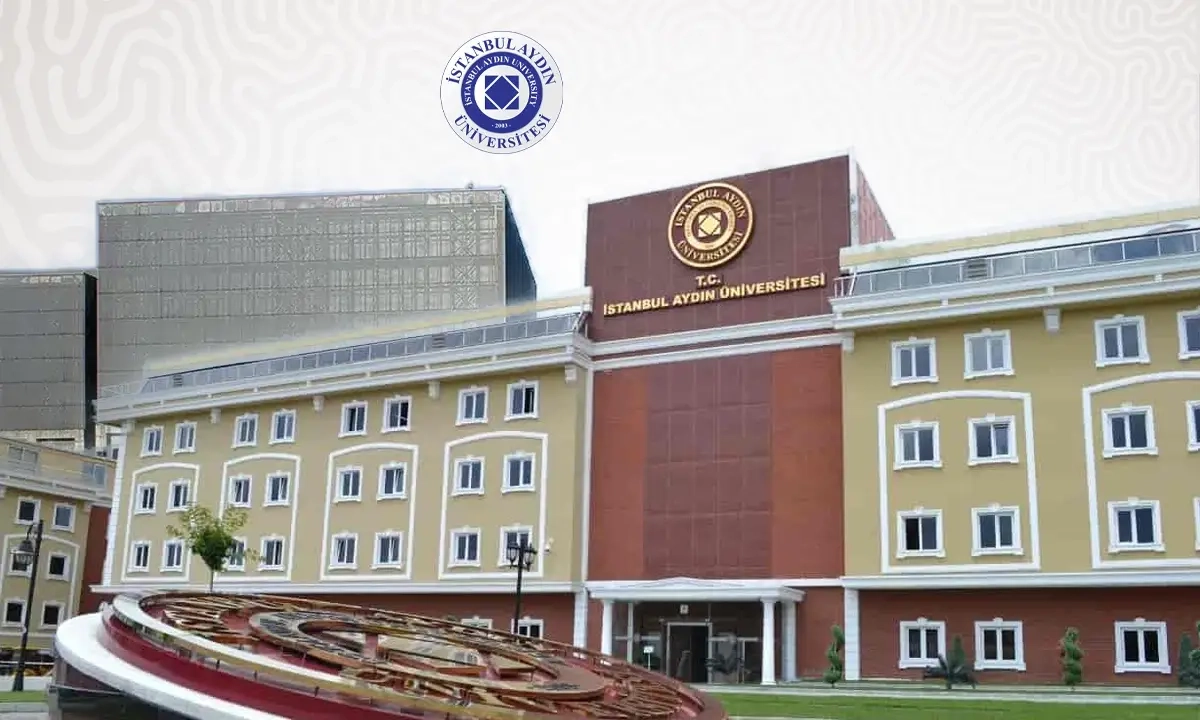College: Health Sciences
Emergency & First Aid Specialization
This specialization focuses on the principles and practices of emergency medical care and first aid. Students develop skills in assessing and managing medical emergencies, providing immediate care, and coordinating with emergency medical services. Graduates are prepared for careers in emergency medical services, healthcare, public safety, and related fields.
Learning Objectives:
- Understand the fundamentals of emergency medical care and first aid.
- Develop skills in assessing and managing medical emergencies.
- Learn techniques for providing immediate care and patient stabilization.
- Explore principles of emergency response, triage, and patient transport.
- Analyze and interpret emergency medical data and protocols.
- Develop critical thinking and decision-making skills for effective emergency medical care.
Major Outline:
- Introduction to Emergency & First Aid: Overview of key concepts and practices in emergency medical care and first aid.
- Emergency Medical Technician (EMT) Training: Principles of EMT training, patient assessment, and basic life support.
- Advanced Life Support: Principles of advanced life support, cardiac emergencies, and resuscitation.
- Triage and Patient Transport: Principles of triage, patient prioritization, and patient transport coordination.
- Pediatric and Geriatric Emergencies: Principles of pediatric and geriatric emergency care and age-specific interventions.
- Disaster Management: Principles of disaster management, preparedness, response, and recovery.
- Emergency Medical Research: Principles of emergency medical research and evidence-based practice.
- Emergency & First Aid Practicum: Practical experiences through internships and projects in emergency medical services or healthcare settings.
- Emergency & First Aid Capstone Project: Comprehensive project applying skills in emergency medical care, first aid, and disaster management.
Assessment Methods:
Emergency response plans, patient assessment reports, immediate care protocols, triage and transport strategies, disaster management projects, practicum reports, capstone projects, group projects, and internship evaluations.
Recommended Textbooks:
- "Emergency Medical Technician: A Skills Approach" by AAOS.
- "Advanced Cardiovascular Life Support (ACLS) Provider Manual" by AHA.
- "Triage and Patient Transport" by various authors.
- "Pediatric and Geriatric Emergencies" by various authors.
- "Disaster Management" by various authors.
- "Emergency Medical Research" by various authors.
Prerequisites:
Basic knowledge of healthcare and emergency response. Suitable for students interested in emergency medical services and healthcare.
Specialization Duration:
Typically two to four years for a certificate or associate degree, including coursework, projects, practicum, and internships.
Certification:
Graduates can earn a certificate or degree in Emergency & First Aid and pursue higher education or professional certifications in related fields.
Target Audience:
Aspiring paramedics, physician assistants, first responders, healthcare providers, public safety officers, and individuals seeking careers in emergency medical services, healthcare, and public safety.
This specialization equips students with the necessary skills to excel in emergency and first aid, supporting careers in emergency medical services, healthcare, public safety, and related fields.


























